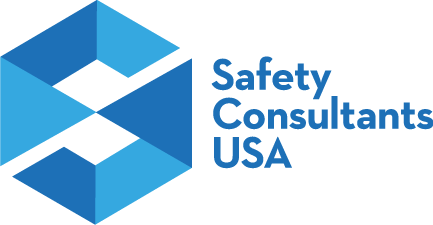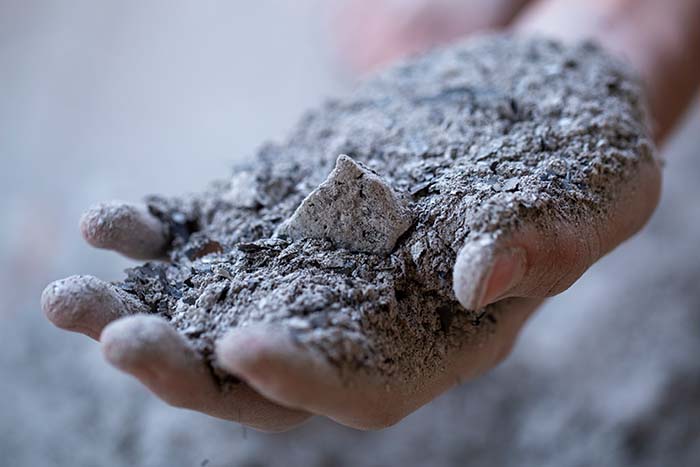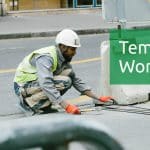1. Regulatory Compliance and Worker Safety
Silica monitoring is not merely a best practice but a regulatory requirement enforced by OSHA in certain situations, to protect workers from the dangers of silica exposure. The construction and general industry standards set by OSHA specify permissible exposure limits (PELs) and action levels that necessitate monitoring to protect employees exposed to excessive silica dust levels. Comprehensive silica air monitoring programs are essential for promoting worker safety and compliance with OSHA standards.
2. Customized Monitoring for Specific Industries
The process of silica monitoring varies across different sectors, reflecting the diverse nature of activities and equipment used. For instance, stone cutting, concrete manufacturing, and construction require individualized monitoring strategies to assess silica exposure levels accurately. It is important to consider the types of tools being used, engineering controls that are already in place or may be implemented, airflow to the area, other trades working in the area, their potential exposure, and the individuals/roles being monitored. Safety Consultants USA tailors its silica monitoring services to meet the unique needs of each industry, from initial assessments to implementing corrective actions.
3. Engineering Controls and Protective Measures
Silica monitoring is the first step in a comprehensive safety management strategy that includes implementing engineering controls and protective measures to reduce silica exposure. Based on the monitoring results, Safety Consultants USA advises on the most effective controls, such as water delivery systems, to minimize dust or local exhaust ventilation. These measures are crucial for maintaining exposure levels within safe limits and protecting worker health. Once engineering controls are implemented, it is critical to re-monitor to verify their effectiveness. Remonitoring may also be required for areas above the action limit but below the exposure limit.
4. Health Surveillance
Alongside monitoring of silica levels, implementing a medical surveillance program for workers who have exposure at or above the action level for more than 30 days per calendar year is an OSHA requirement in construction. A medical surveillance program includes a physical, x-ray of the lungs, a TB test, and a pulmonary function test. Health checkups and lung function tests detect early signs of respiratory problems. This proactive approach can help in early detection and intervention, potentially reducing long-term health complications.
5. Training and Education
Beyond monitoring and engineering controls, educating workers about the risks of silica exposure and proper safety practices is vital. Safety Consultants USA provides training on the health implications of silica, the importance of using protective equipment, and adherence to safe work practices. This education is essential for fostering a safety-conscious workplace culture and ensuring workers understand the significance of the protective measures implemented.
Silica monitoring is an important aspect of our industrial hygiene services, essential for protecting workers from the severe health risks associated with respirable crystalline silica. Safety Consultants USA addresses the comprehensive needs around silica exposure in various industries by emphasizing regulatory compliance, customized monitoring strategies, the implementation of engineering controls, and worker education. We implement proactive and preventive measures to safeguard worker health and safety.


